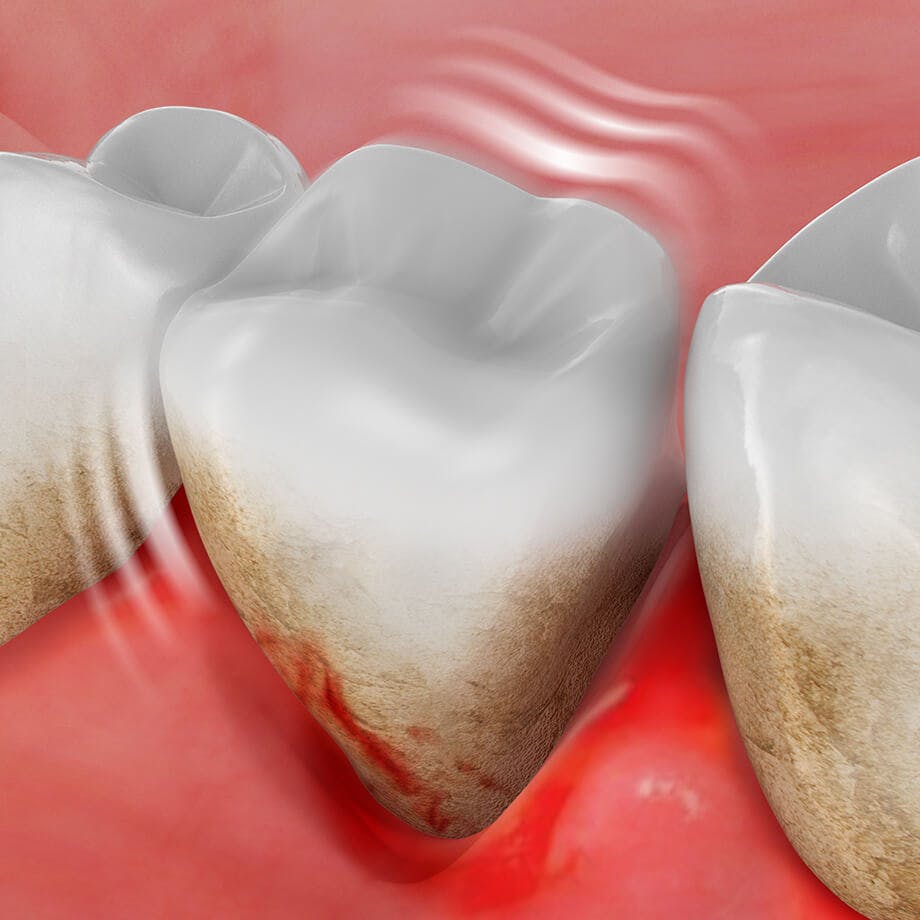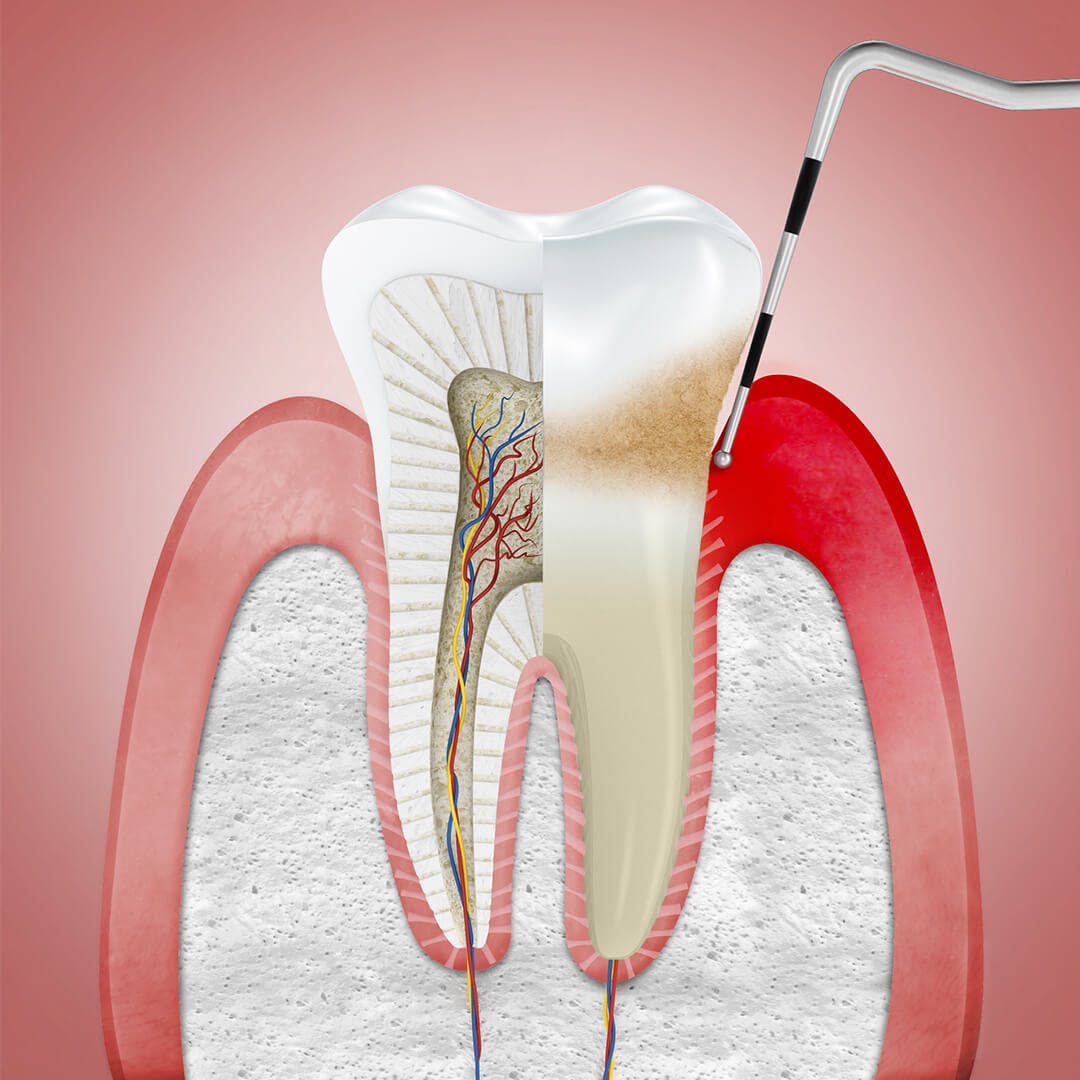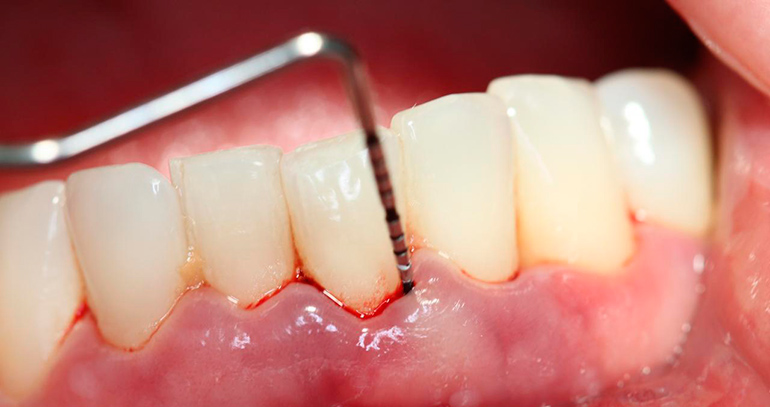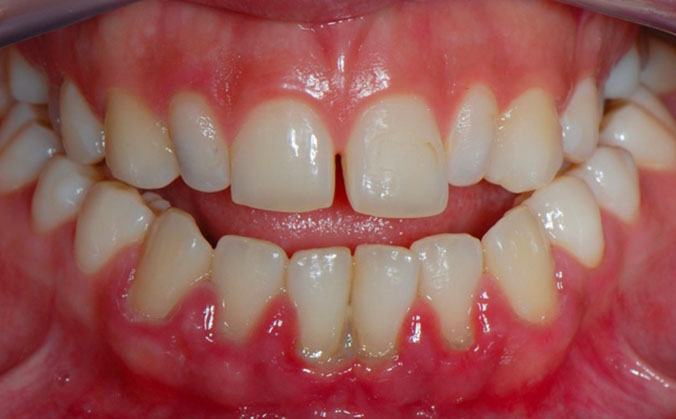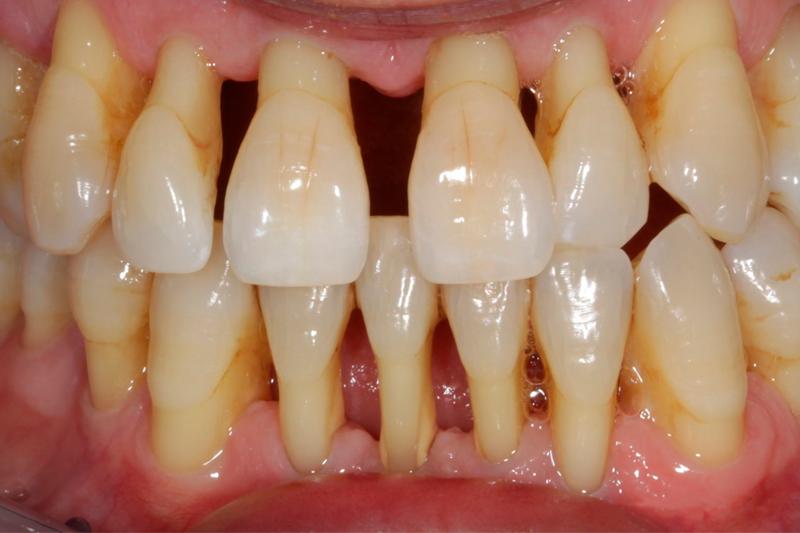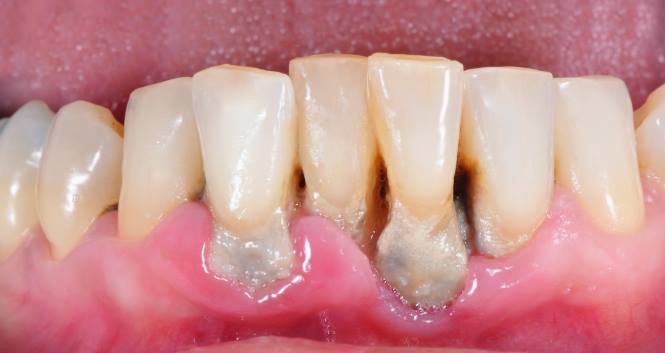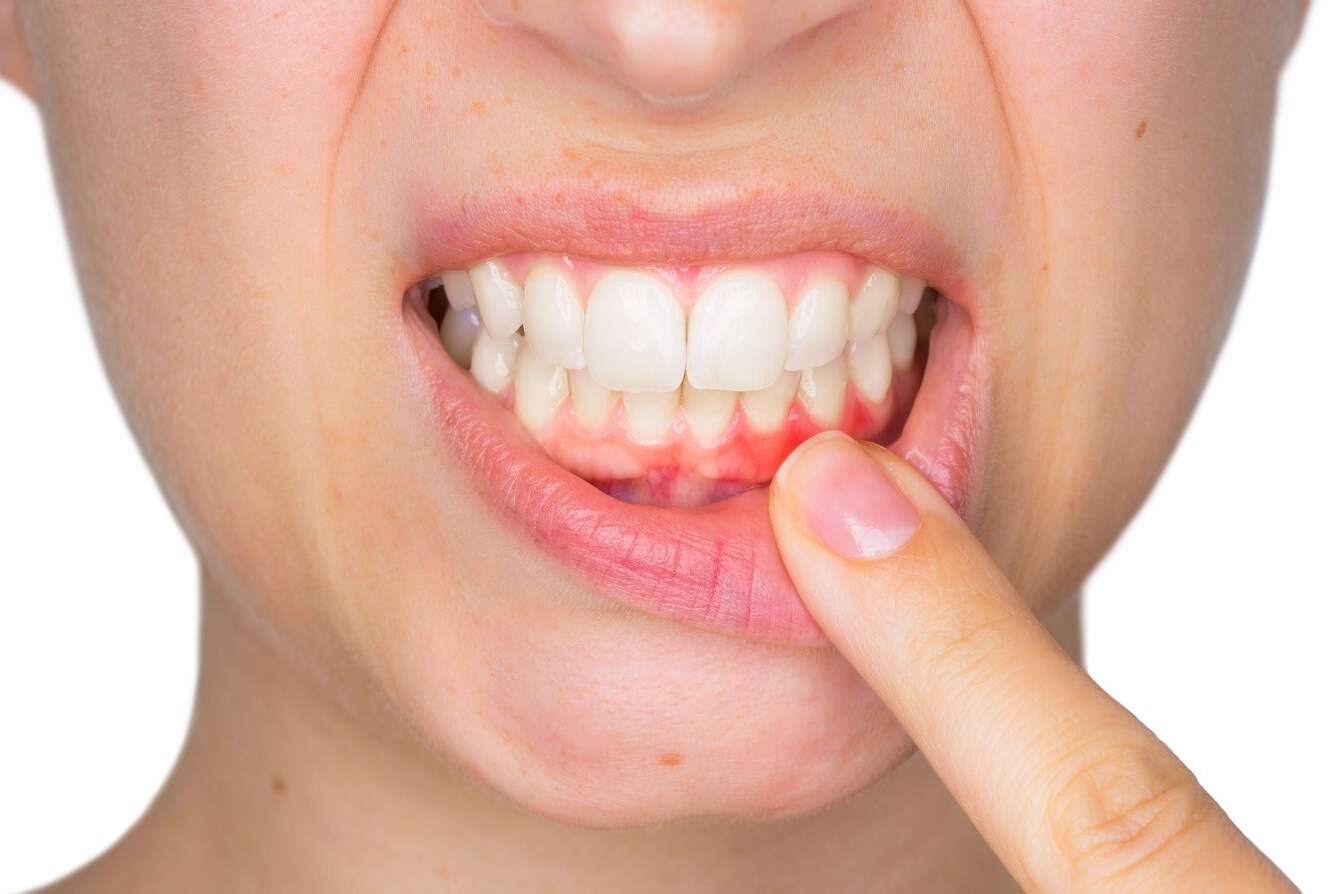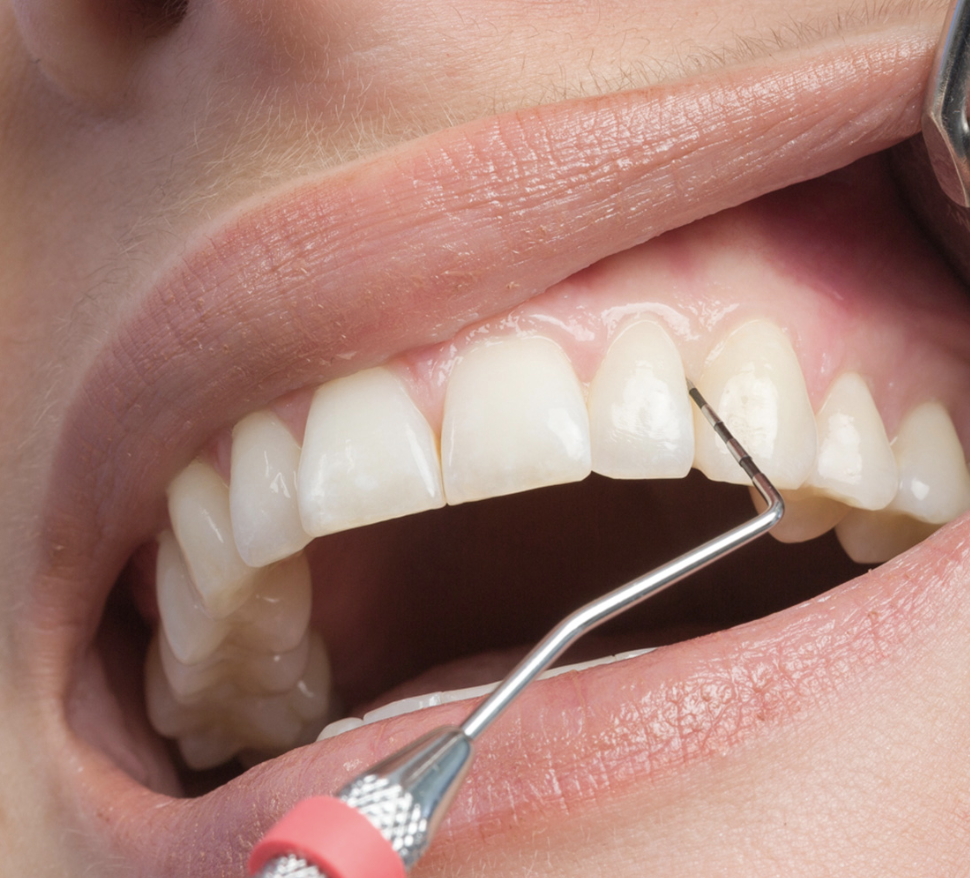Gingivitis
In the educational literature it is possible to find the following definition: gingivitis is an inflammatory periodontal decease that may arise because of some regional and general factors and proceed without distorting dentogingival unity.
The following types of gingivitis are distinguished: catarrhal,hypertrophic, necrotizing ulcerative.
Catarrhal gingivitis
This type of gingivitis is considered to be the most widespread. In this case hyperemia of gums arises, the gums are swollen and hard and soft dental deposits are also possible.
The patient himself can notice the inflammation of gums and bleeding while cleaning teeth.
Hypertrophic gingivitis
The second type of gingivitis is hypertrophic gingivitis. This type is found rarely in comparison with the catarrhal gingivitis. Hypertrophic gingivitis mostly occurs in the organism because of endocrine changes.
We differentiate between: gingivitis in pregnancy, gingivitis in teenagers,gingivitis in diabetes.
The most common feature of the disease is the widening of gingival papillae in sizes, thus from here comes the name - hypertrophic gingivitis, besides, the gums may take bright red or purple colors. The illness is accompanied with the following symptoms: bleeding, unpleasant odor in the mouth, formation of pseudopockets, as well as dental plaque and dental tartars.
Necrotizing ulcerative
The following type of the gingivitis develops on the background of the so called ‘Vincent's acute necrotizing Stomatitis’ and appears to be its clinical expression. In the mouth cavity inflammation of mucosa with interdental necrosis of papillae, bleeding, unpleasant odor is to be found. Often it is told on itself in case of flu, quinsy, blood diseases, ADIV, tuberculosis, etc.
The treatment of gingivitis
Different methods are performed from professional oral cleaning to surgery depending on the degree of severity of the illness.




